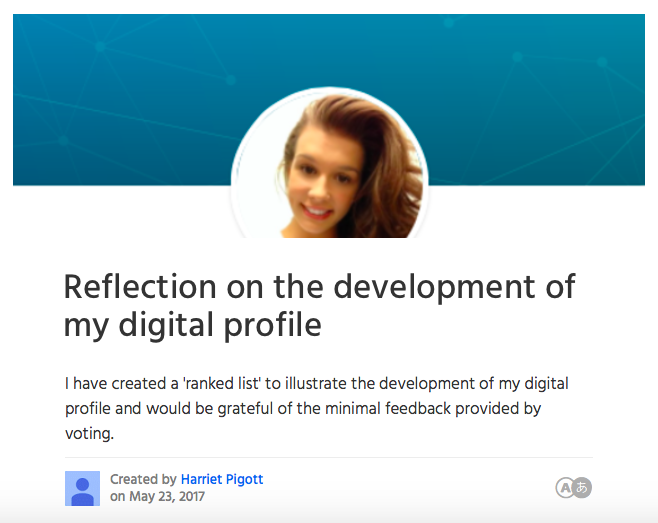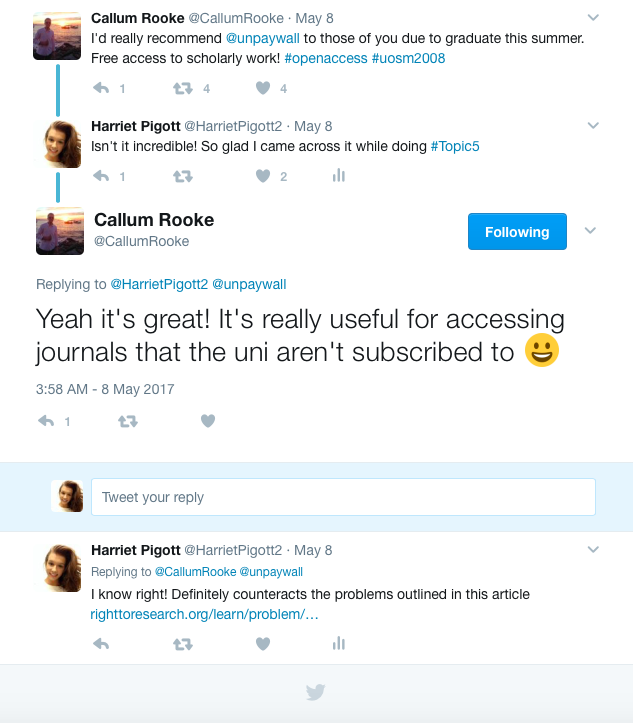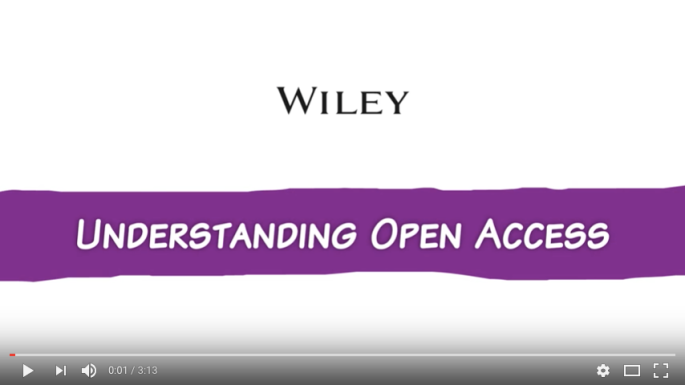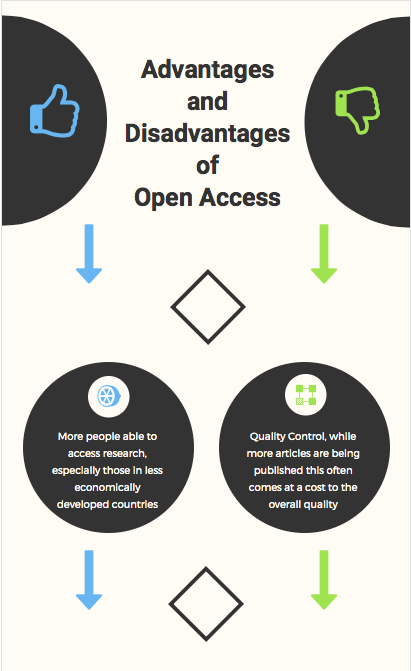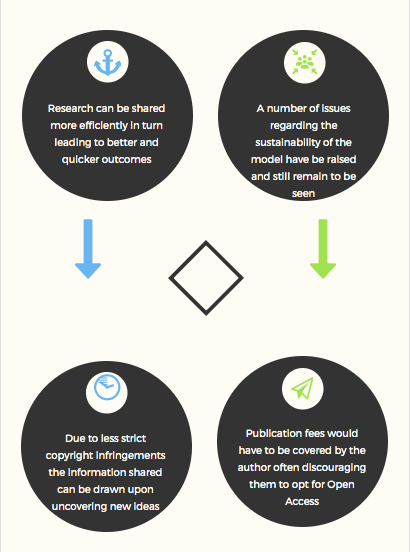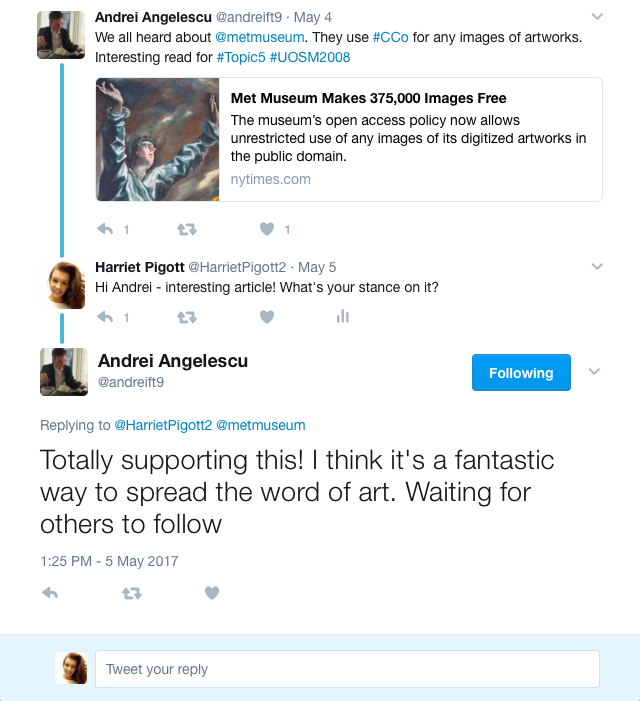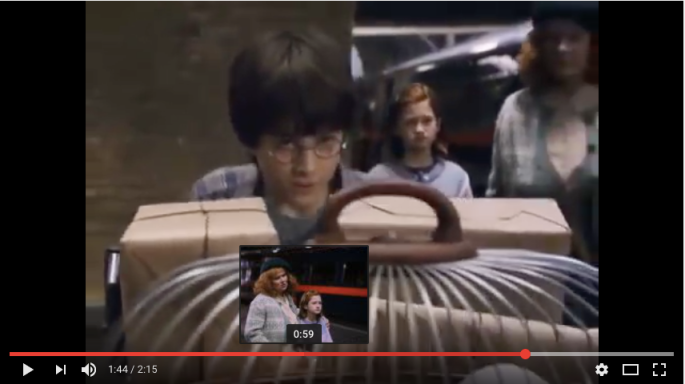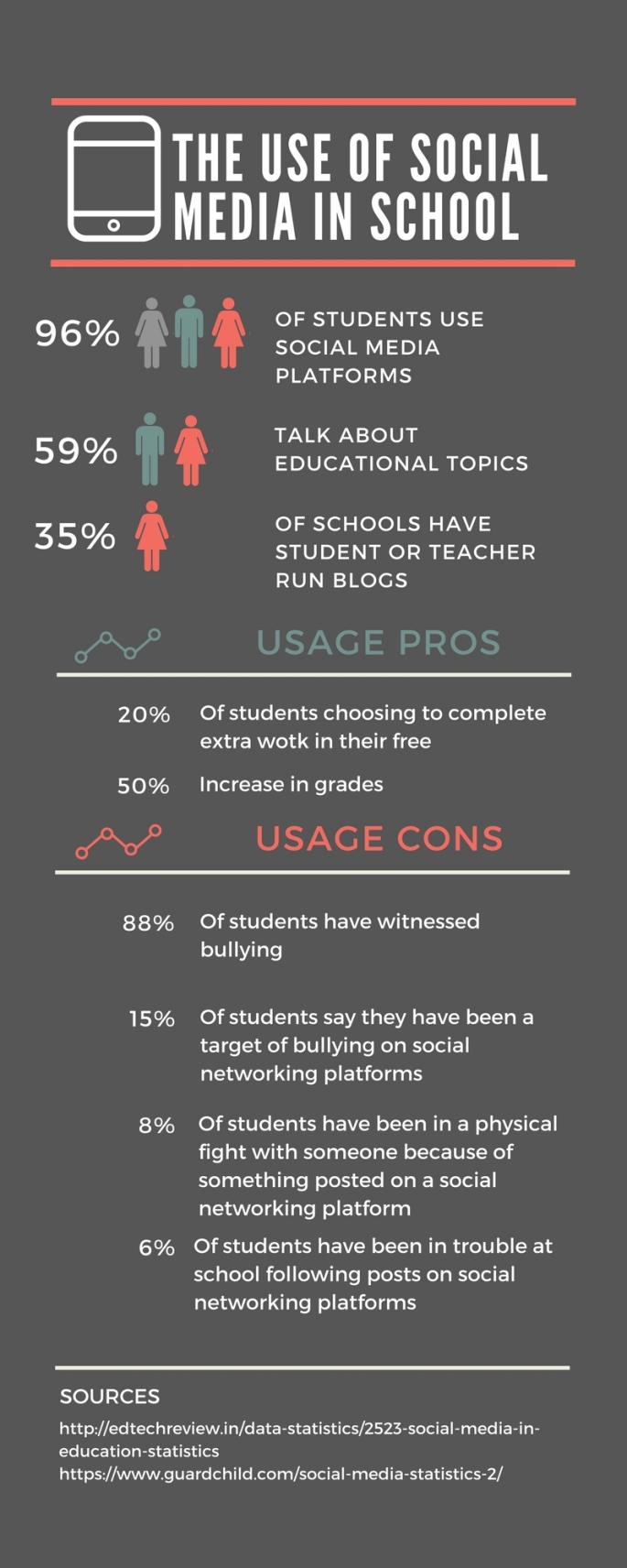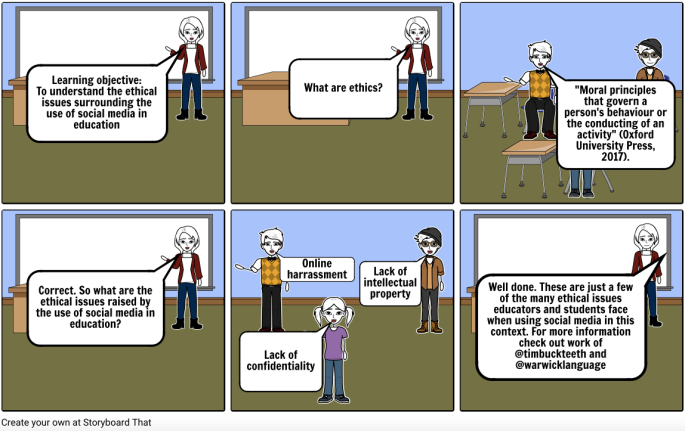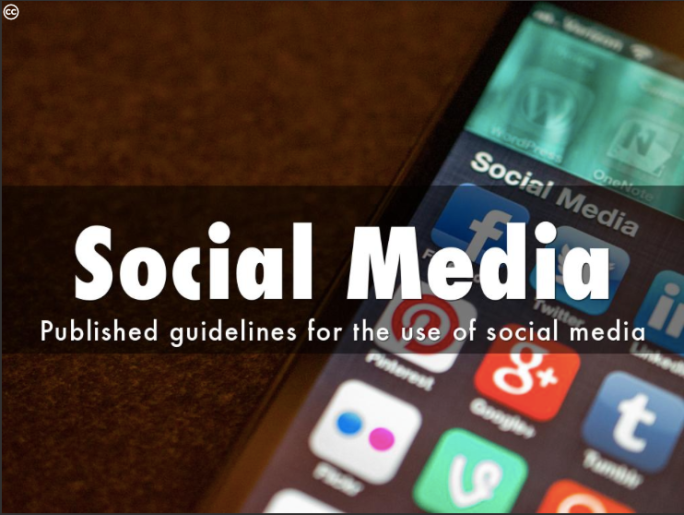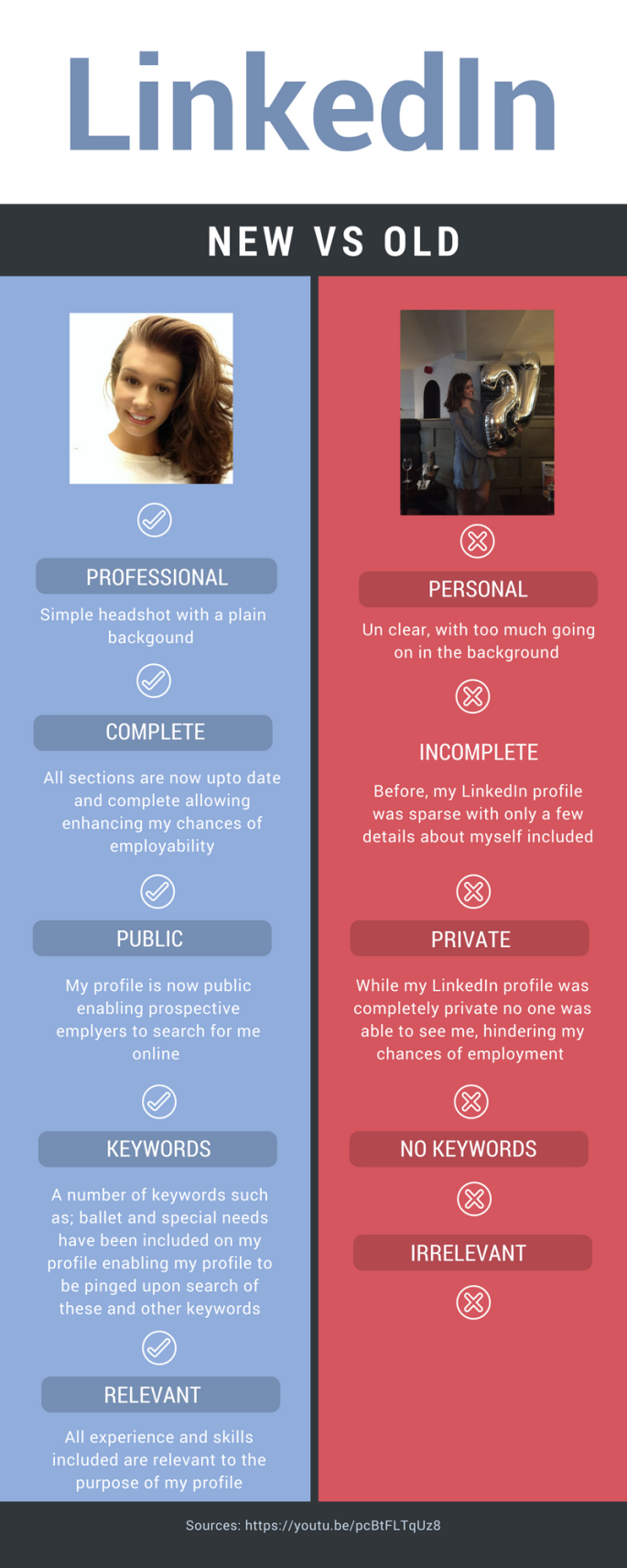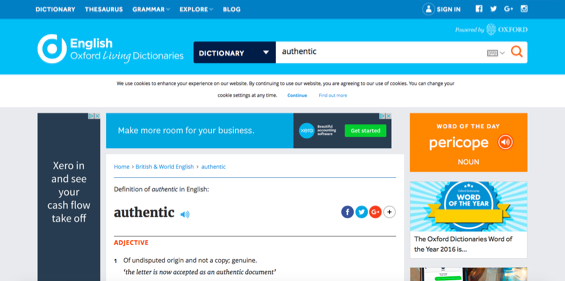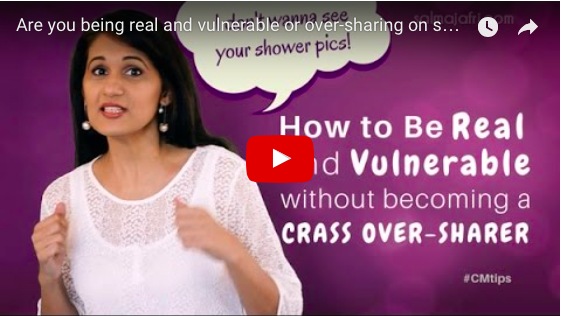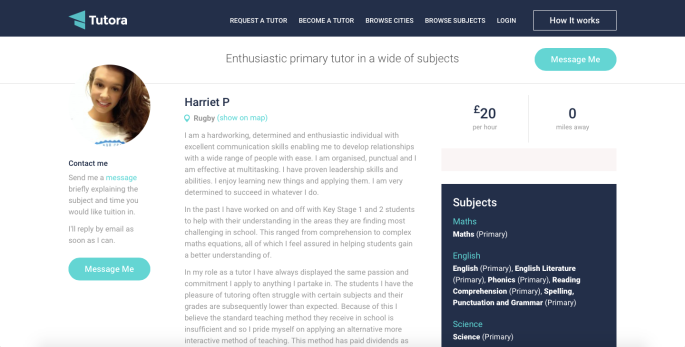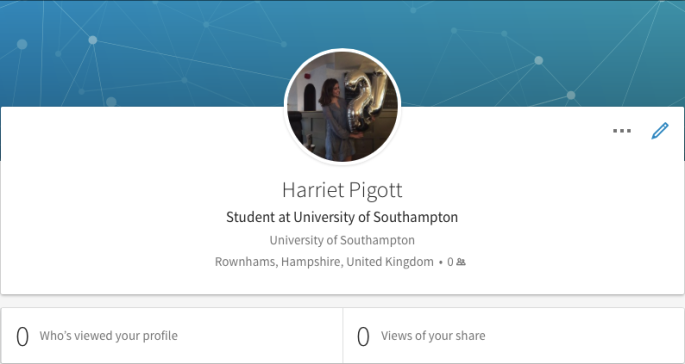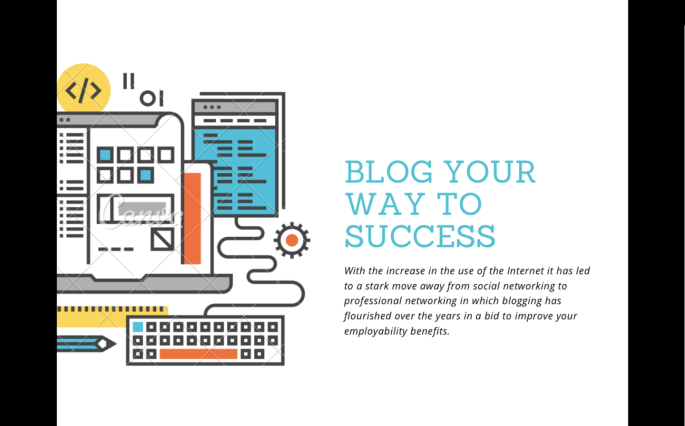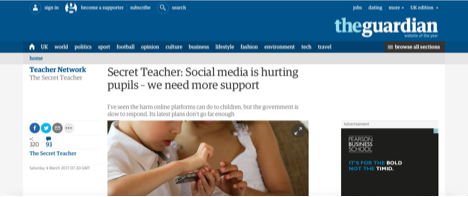What is identity?
There is no single definitive definition of identity because of the endless parameters of its meta-physical state (Internet Society, 2011). However, the Oxford Dictionary suggests identity is “the characteristics that determine who or what a person or thing is” (Oxford University Press, 2017).
In the 21st Century, everything we do focuses around our online identity. In a social context our identity expresses everything about ourselves that our friends already know, our hobbies, interests and views on controversial news stories (Costa and Torres, 2011). However, there are some aspects of our personal life we wish to keep secret from our professional life which is where multiple online identities can help.
I certainly present myself differently online, evident through my two Twitter accounts – personal and professional. Through my professional twitter page, I focus on upholding a respectable image of my online presence, what I believe to be an advantage when applying for jobs. Whereas on my personal page I express myself as freely as I like and have built up an identity that I believe best represents myself.

My thinking behind this is neatly encapsulated in this YouTube video.
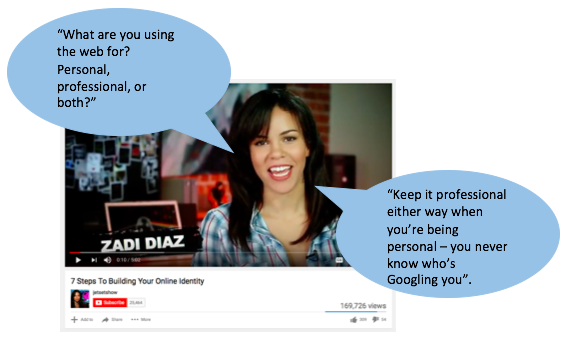
(Jetsetshow, 2010)
According to Acas (2013) 45% of businesses use social media as a screening tool in their recruitment process with a further 40% saying they would make more use of it. However, Landau (2013) suggests that a candidate’s social profile should not be used as a “trawling exercise”. This supports Christopher Poole who argues that people are multifaceted and true identity is “prismatic” (Chen, 2011). Our identity is tailored to our environment and censored on what we do and do not want people to know which is why I believe only having one online identity is impossible as there are many identities that make up who we are, and not just one as Zuckerberg suggests (Carmody, 2011). In other words, we have one true identity and many partial identities (Internet Society, 2011).
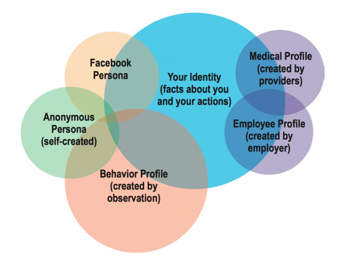
(Internet Society, 2011)
This is supported by the Japanese proverb which suggests we have three faces.
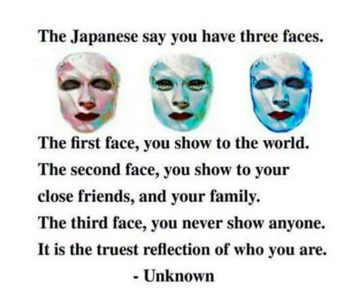
(MyAnimeList, 2015).
An example of the third face can be seen in the article below.

(Unity Blott, 2016).
However, Zuckerberg and Poole, two of the most influential people in the debate fiercely disagree on the pros and cons of having more than one online identity. My PowToon illustrates their opposing arguments.
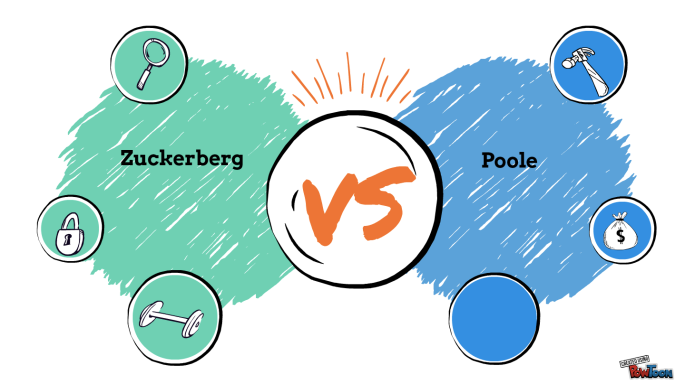
Below I have made an Infographic to discuss the many other arguments.
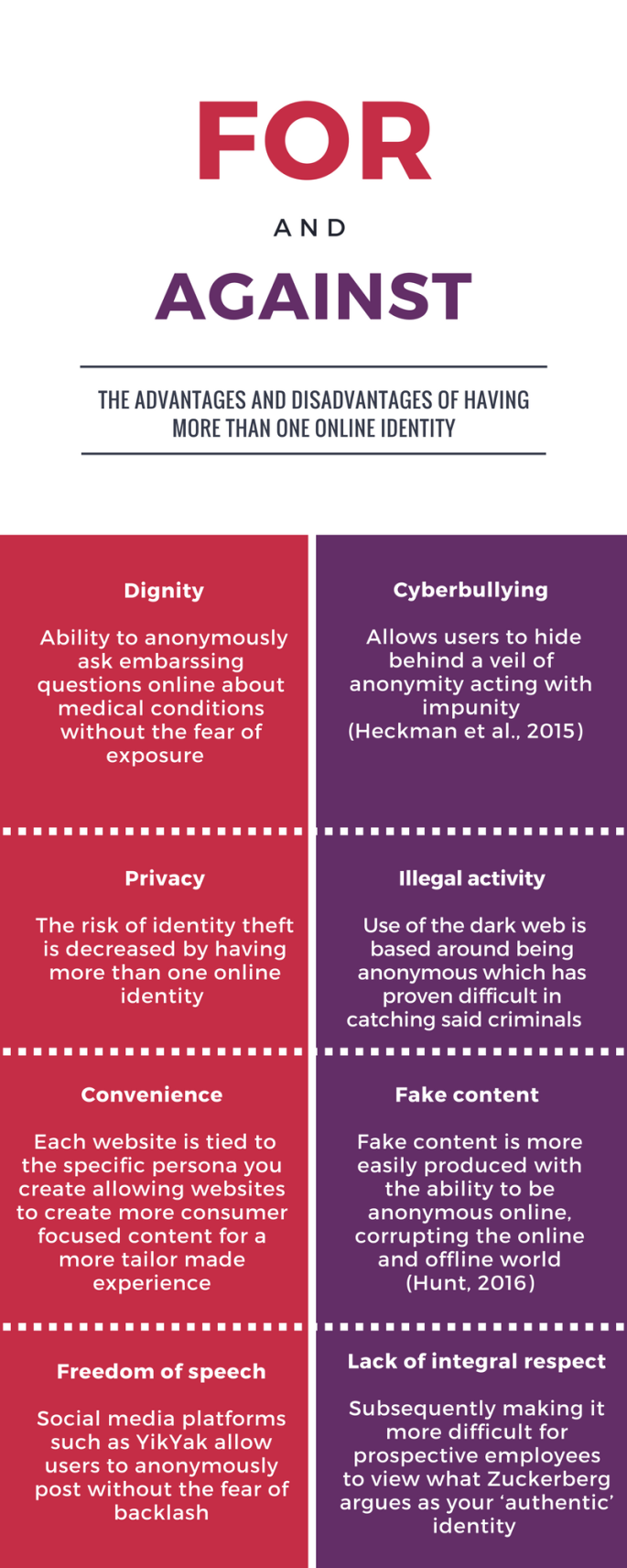
The starkest disadvantage of only having one online identity is clear, it prevents us from keeping separate the professional and the social. If Zuckerberg thinks this lacks integrity I would ask him to think of someone who acts exactly the same way at work as they do in a social setting. If the answer is nobody, then how can we expect our online identities to be any different?
Word count 406
References
Acas (2013). Is social media changing how employers recruit new talent? Available at: http://www.acas.org.uk/index.aspx?articleid=4478 (Accessed: 26 February 2017).
Carmody, T. (2011) You Are Not Your Name and Photo: A Call to Re-Imagine Identity. Available at: https://www.wired.com/2011/10/you-are-not-your-name-and-photo-a-call-to-re-imagine-identity/ (Accessed: 26 February 2017).
Chen, A. (2011) 4Chan’s Founder Is Right About Online Identity. Available at: http://gawker.com/5851068/4chans-founder-is-right-about-online-identity (Accessed: 26 February 2017).
Costa, C. and Torres, R. (2011) ‘To be or not to be, the importance of Digital Identity in the networked society’, Educação, Formação & Tecnologias, pp. 47-53. Available at: http://eft.educom.pt/index.php/eft/article/view/216/126 (Accessed: 26 February 2017).
Internet Society (2011) Understanding your Online Identity. Available at: http://www.internetsociety.org/sites/default/files/Understanding%20your%20Online%20Identity%20An%20Overview%20of%20Identity.pdf (Accessed: 26 February 2017).
Jetsetshow (2010) 7 Steps to Building your Online Identity. Available at: https://www.youtube.com/watch?v=2UlcOX1fZW4&feature=youtu.be (Accessed: 26 February 2017).
Landau, P. (2013) ‘Job applications: social media profiles under scrutiny’, Guardian, 11 December. Available at: https://www.theguardian.com/money/work-blog/2013/dec/11/job-applications-social-media-profiles-scrutiny (Accessed: 26 February 2017).
MyAnimeList (2015) The Japanese say you have three faces?. Available at: https://myanimelist.net/forum/?topicid=1362528 (Accessed: 26 February 2017).
Oxford University Press (2017) Identity. Available at: https://en.oxforddictionaries.com/definition/identity (Accessed: 26 February 2017).
Unity Blott. (2016) ‘Woman posts a selfie just MINUTES after having a panic attack – to reveal the truth behind her glamorous pictures’, Mail Online, 7 April. Available at: http://www.dailymail.co.uk/femail/article-3527758/Amber-Smith-22-shares-photos-taken-minutes-suffering-panic-attack.html (Accessed: 26 February 2017).
PowToon
Jarvis, J. (2011) One identity or more?. Available at: http://buzzmachine.com/2011/03/08/one-identity-or-more/ (Accessed: 26 February 2017).
Krotoski, A. (2012) ‘Online identity: is authenticity or anonymity more important?’, Guardian, 19 April. Available at: https://www.theguardian.com/technology/2012/apr/19/online-identity-authenticity-anonymity (Accessed: 26 February 2017).
Zimmer, M. (2010) Facebook’s Zuckerberg: “Having tow identities for yourself is an example of a lack of integrity”. Available at: http://www.michaelzimmer.org/2010/05/14/facebooks-zuckerberg-having-two-identities-for-yourself-is-an-example-of-a-lack-of-integrity/ (Accessed: 26 February 2017).
Infographic
Heckman et al. (2015) Cyber Denial, Deception and Counter Deception: A Framework for Supporting Active Cyber Defense. Switzerland: Springer International Publishing.
Hunt, E. (2016) ‘What is fake news? How to spot it and what you can do to stop it’, Guardian, 17 December. Available at: https://www.theguardian.com/media/2016/dec/18/what-is-fake-news-pizzagate (Accessed: 26 February 2017).


